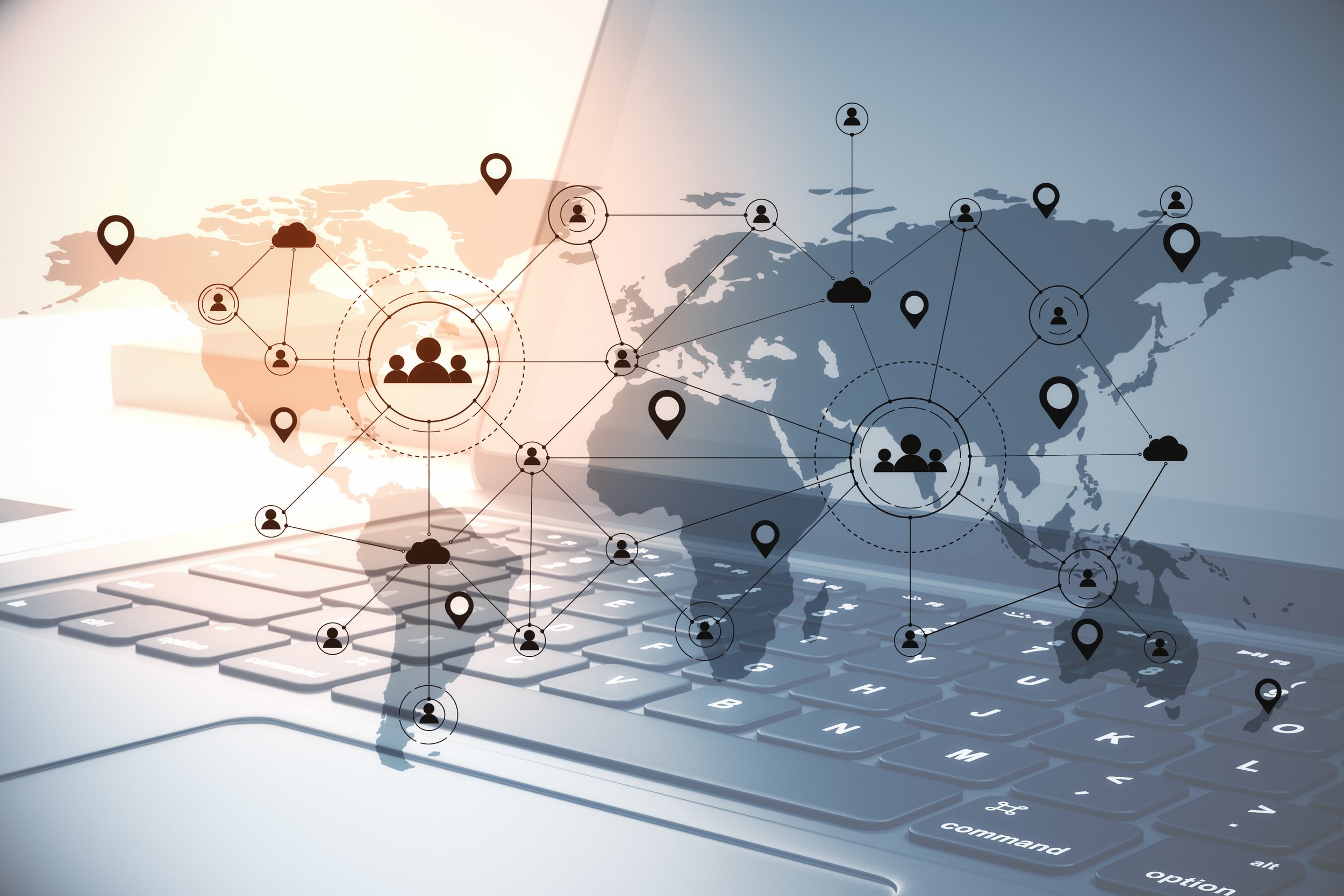GIS Analysis & Spatial Intelligence
The Power of Spatial Data Analysis
We provide spatial data analysis to help businesses and governments make informed decisions, optimize resources, and address environmental and social challenges. Our expertise transforms location-based data into actionable insights, improving infrastructure planning, risk assessment, and resource allocation across industries. From transportation networks and urban development to environmental monitoring and supply chain management, our solutions enhance efficiency and strategic planning. We apply advanced analytics to track population trends, assess land use changes, and model economic activity, ensuring our clients stay ahead in their fields.
How Spatial Analysis Works
At its core, spatial analysis examines data with a geographic component, revealing interactions between physical and human environments. Analysts use a range of data types, including vector data, which represents objects like roads, buildings, and boundaries, and raster data, which captures continuous surfaces such as elevation and temperature. Advanced computing methods process this information, turning raw datasets into meaningful visualizations that guide decision-making.
Data sources vary widely, including satellite imagery, GPS tracking, field surveys, and census records. The increasing availability of real-time data from remote sensors and mobile devices has expanded the applications of spatial analysis, making it a key tool for industries that rely on location-based insights.
Analytical Methods and Applications
A variety of techniques help professionals interpret spatial relationships and predict future trends. Overlay analysis compares multiple datasets to assess interactions, such as flood risk in populated areas. Buffer analysis evaluates zones surrounding specific features, helping urban planners understand the impact of new developments. Hotspot detection identifies clusters of activity, allowing businesses to determine ideal locations for expansion. Network analysis optimizes connectivity and flow, improving transportation systems and supply chains. Spatial interpolation estimates missing values, supporting environmental monitoring and climate modeling.
These methods have widespread applications across industries. In urban planning, spatial analysis aids in land use optimization, infrastructure development, and community resource allocation. In transportation, it enhances logistics by improving routing and congestion management. Environmental scientists use spatial models to track deforestation, pollution, and conservation efforts. Public health agencies rely on location-based insights to monitor disease outbreaks, identify healthcare access gaps, and implement targeted interventions. Disaster response teams use real-time geospatial data to coordinate relief efforts and allocate emergency resources efficiently.
Recent advancements in artificial intelligence and machine learning have expanded the capabilities of spatial analysis, enabling predictive modeling and automating complex workflows. With these innovations, professionals can analyze massive datasets more efficiently, uncovering deeper insights into location-based trends. The demand for experts skilled in spatial data interpretation, statistical modeling, and data visualization continues to grow, making this field an essential component of modern analytics.
